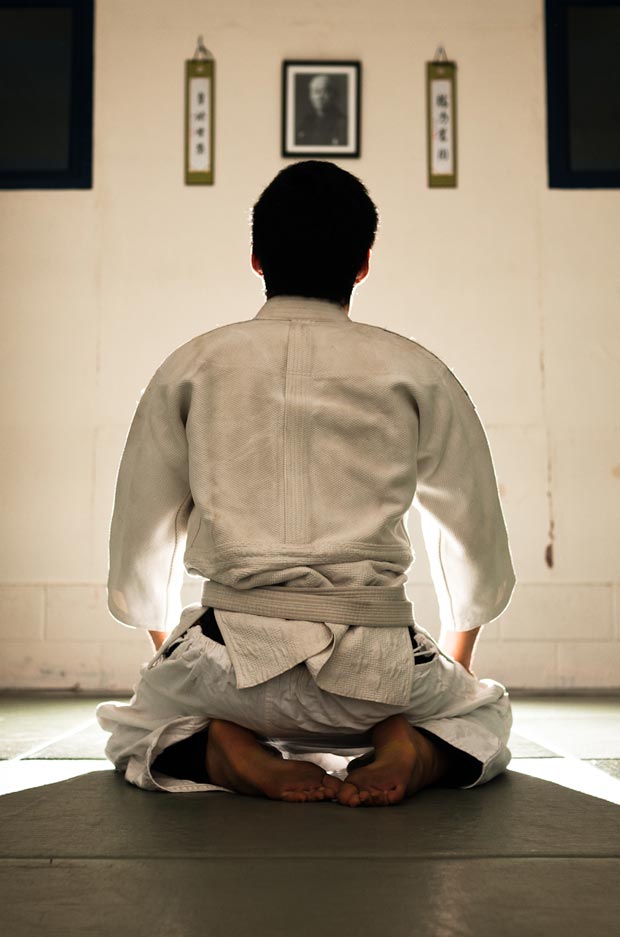Alexander Sulit and his diehard crew of fighters have long since carried the title of collegiate judo’s undisputed kings. After the recent victories of Matthew Jao and Angelo Gumila in the judo nationals, it’s becoming clear that the team’s dominance in the UAAP is just beginning.
With a training program that aspires to be the most rigorous in the country—and a stable of fighters ready to take it on—it’s hard to say where the limit lies for the Blue Judokas. On the collegiate, national and even international scale, it gets increasingly difficult to think of what can hinder a team of this caliber. The idea of limiting this national judo juggernaut, to most, would seem preposterous. Thus, when it was announced that the judo physical education (PE) program would not be offered this school year, many were surprised.
Though many of its champions are trained from the high school level, a significant number of Blue Judokas are taken from the pool of Loyola Schools PE students, making the program an integral part of the team’s recruitment process.
“The Judo PE program serves as the varsity team’s recruitment pool. That’s where future UAAP champions start their careers,” says Jhonel Faelnar, last year’s team captain.
Since an overwhelming number of past UAAP and national champions come from the PE ranks—JR Reyes, Jason Garcia and Paulo Luz, to name a few—Faelnar’s concerns with regard to the loss of the program seem to be legitimate. He continues, “Losing the PE program would be detrimental to the judo varsity team, and might cost the school championships in the coming years.”
Producing multiple UAAP and national champions, along with an occasional Ateneo Athlete of the Year, the judo PE program has a track record that few PE programs can match, let alone boast of.
Still, the root behind the entire matter is decidedly simple. “We were sent a letter by the University Athletics Office (UAO), informing us that starting this coming school year, we will be charged for the use of the venue,” says Gus Vargas of the PE Department. “We don’t have that money. It’s a simple matter of whether or not [it is viable for] the class… to be offered.”
Vargas was adamant in his stance that, if it were only financially possible, the judo PE program would be restored. He also made it clear that the program has not been deleted from the curriculum. It has simply been put on hold.
According to Benjo Afuang of the UAO, “With any facility, to maintain its look and durability, there’s a cost. We [just] need to find ways to maintain the venue.” True enough; maintaining the dojo in tiptop shape entails substantial costs. It is clear that both the UAO and the PE Department are working around a tight budget. In a Blue Judoka’s ideal world, the payment of the necessary costs would be expedited, or if possible, waived entirely; the program’s suspension has a lot of implications for the team.
There is one thing that cannot be measured in gold medals, titles and trophies. It is not seen in material accomplishment, not mentioned in bulletins nor announced in assemblies—it is simply felt. It is the discipline, the experience and the resiliency that the judo PE clearly imparts to its students.
For Aldous Hizon, the program was more than just time for fun: “Getting slammed on the mat over and over taught me how to get back up on my feet and try again.”
Above all others, maybe it is Hizon’s remark that should drive Ateneo’s athletic community to somber epiphany. The judo PE program empowers an ability that requires courage, determination and perseverance—an ability that is Atenean at the core: getting back up after a fall.







